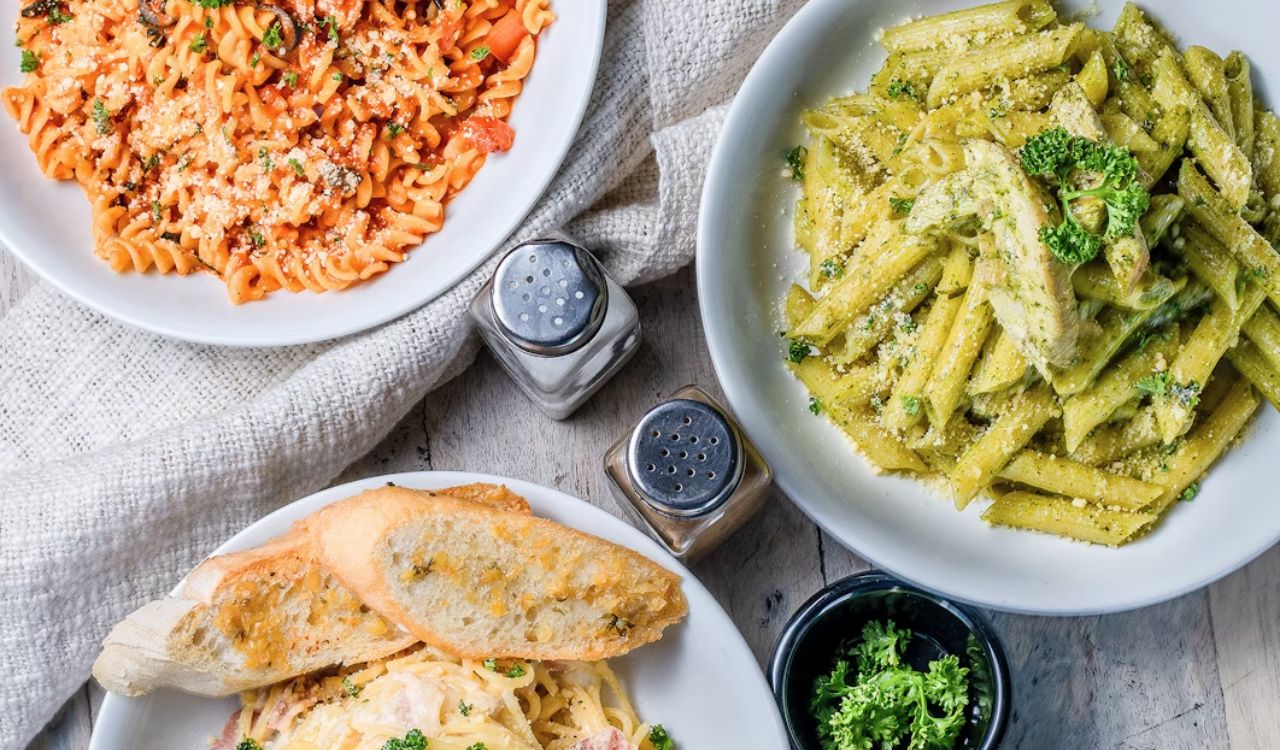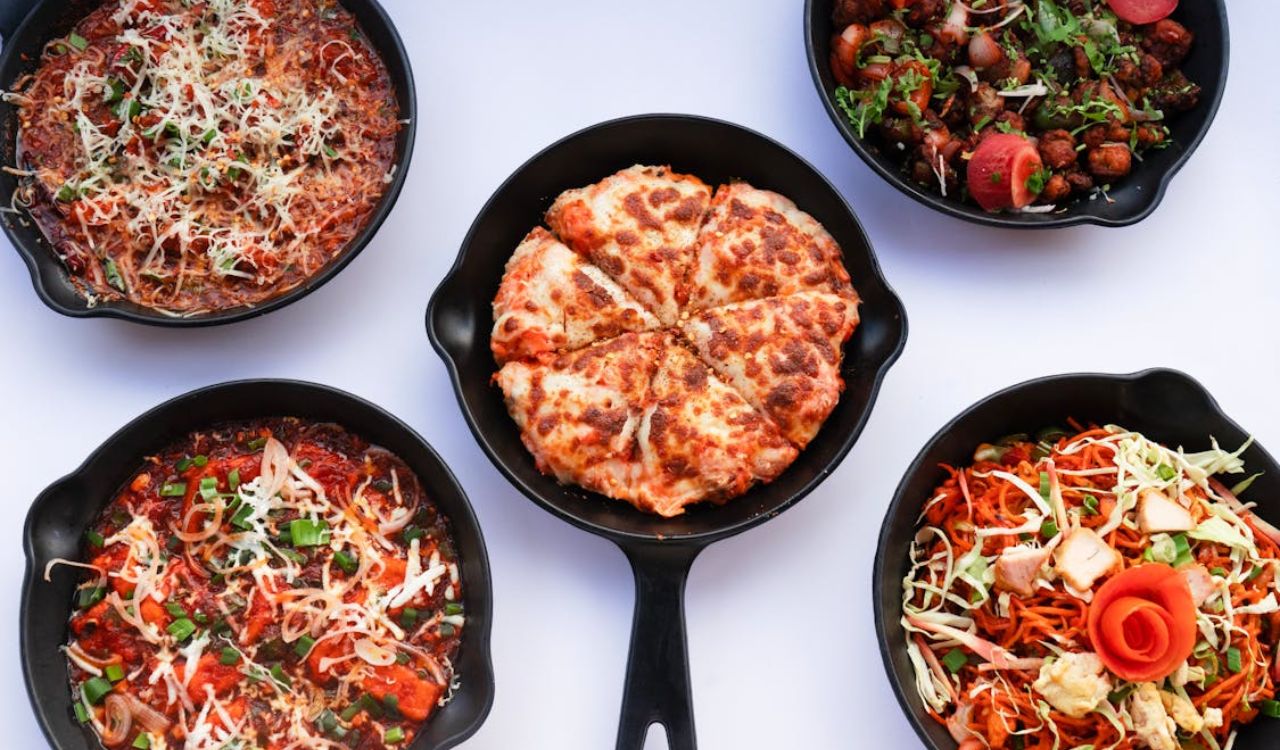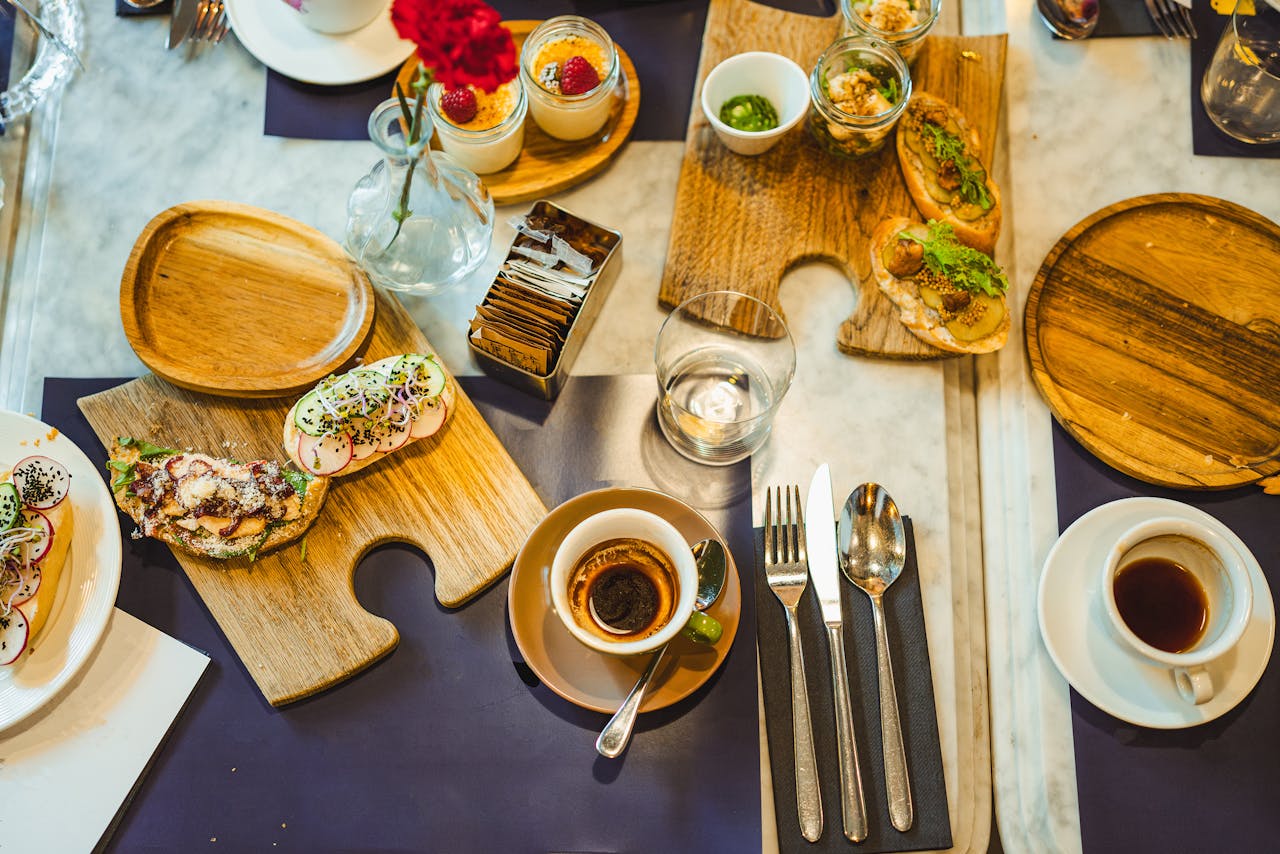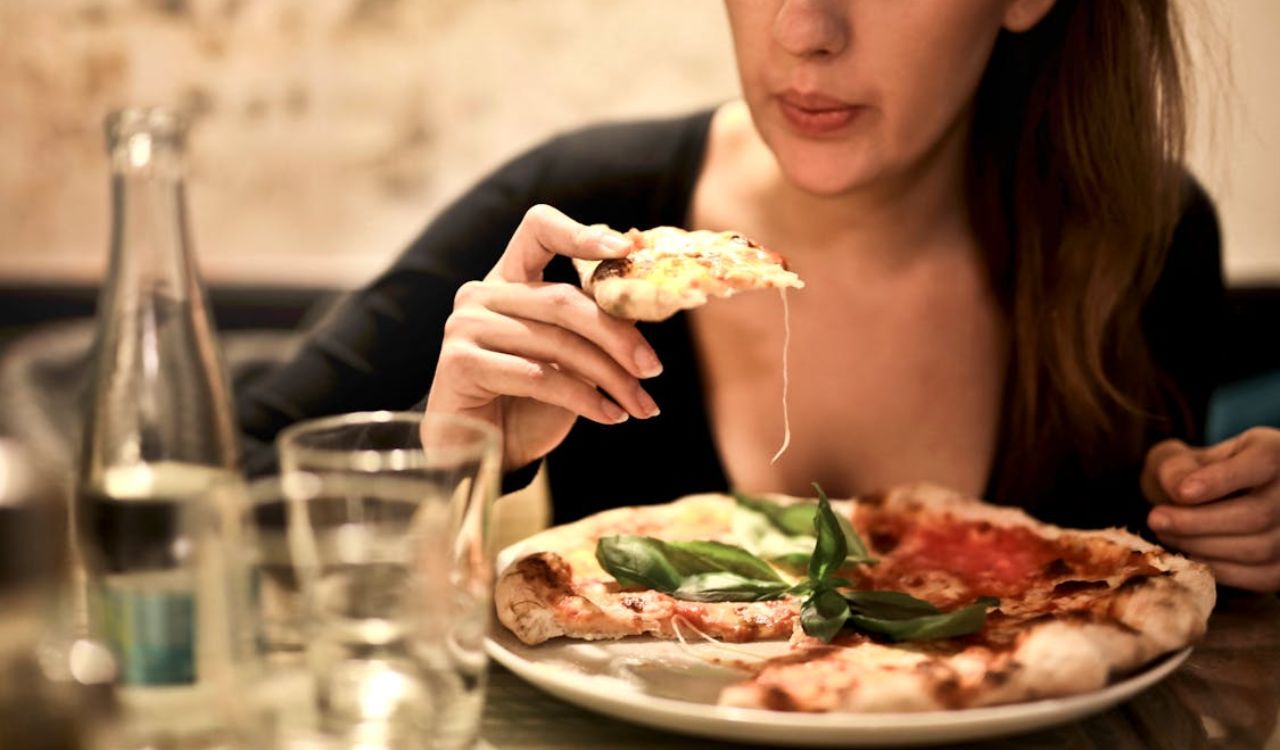10 Fast Food Dining Room Features That Don’t Exist Anymore
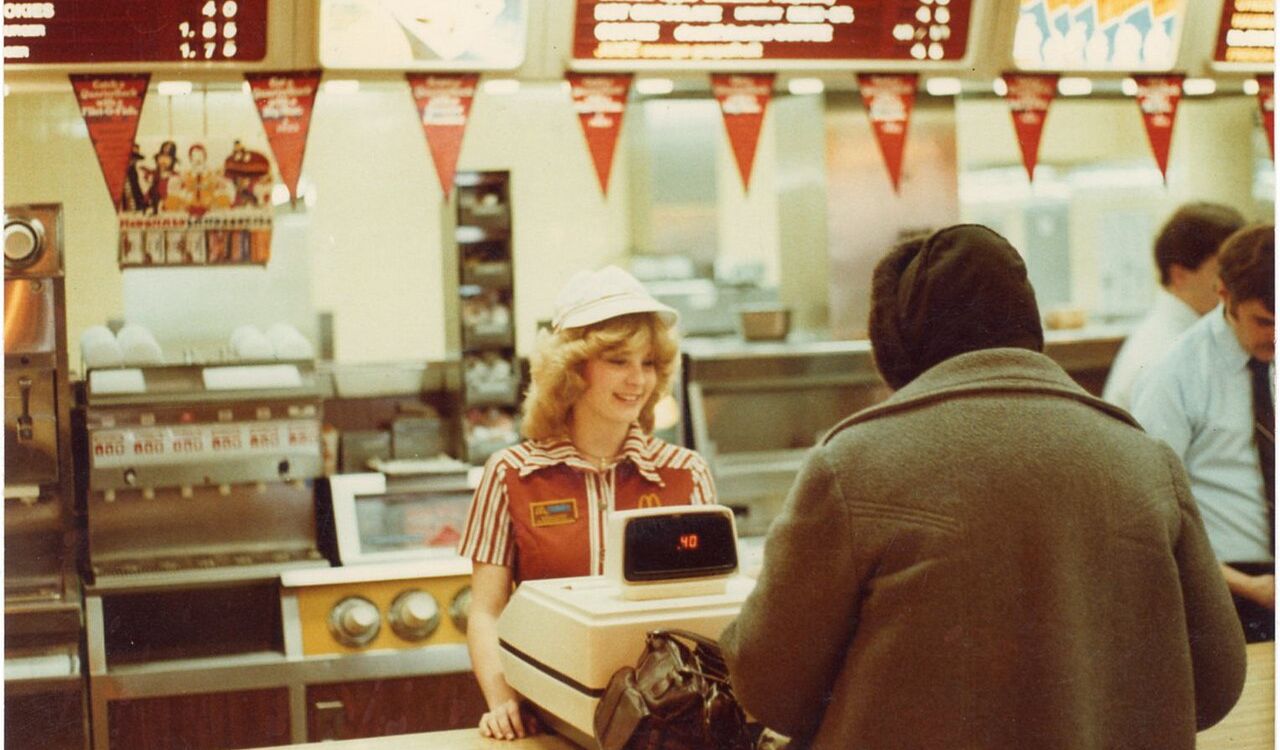
Fast food has changed from a dine-in experience into one built around speed, takeout, and digital convenience. In the past, restaurant interiors were full of personality, color, and even play spaces designed to keep customers around longer. Today’s minimalist designs focus on efficiency, not ambiance. Nostalgia, however, reminds us of a time when eating fast food was part of a ritual. These ten dining room features once defined the golden age of fast food, but now exist mostly in memory or photos.
1. Indoor Playgrounds
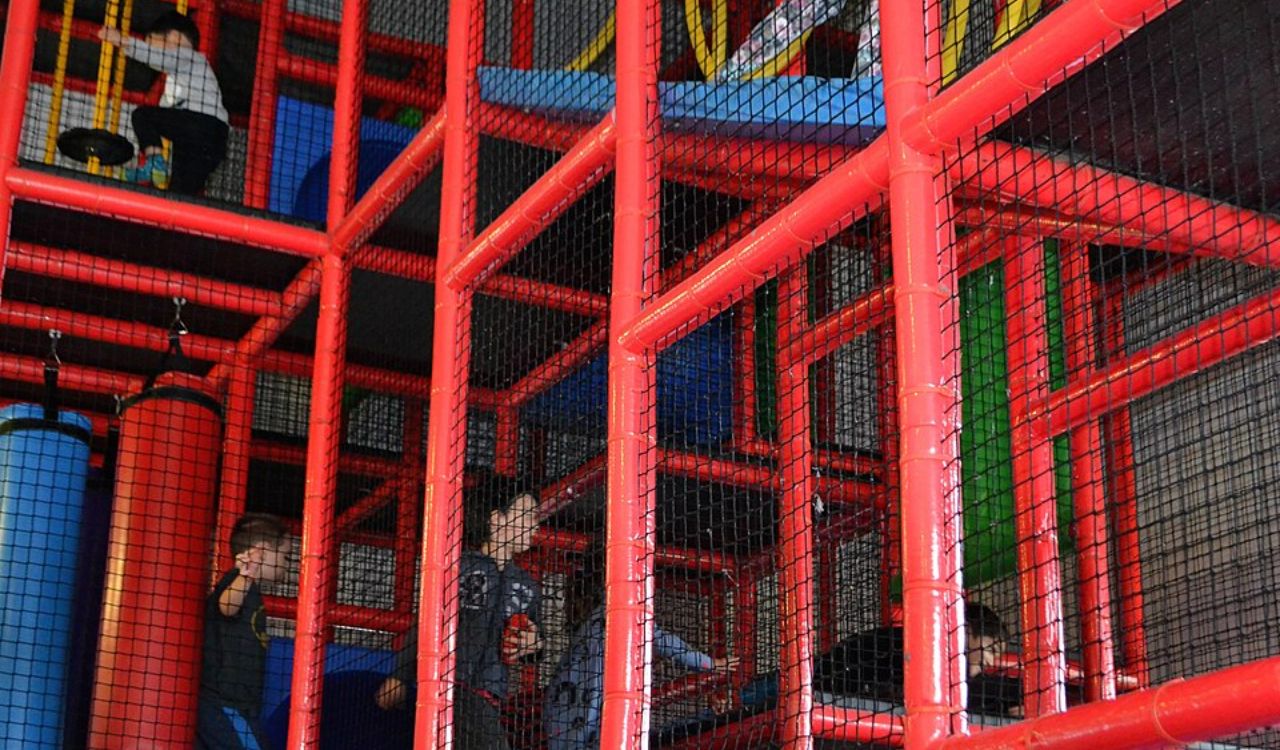
In the 1990s and early 2000s, fast food playgrounds were a symbol of family fun. Bright slides, tunnels, and ball pits made restaurants like McDonald’s and Burger King weekend destinations. Over time, safety and sanitation concerns made them harder to maintain, and the pandemic sped up their removal. Some newer locations have replaced them with digital ordering screens or sleek lounge areas. For many adults today, those colorful PlayPlaces remain a cherished memory of childhood weekends spent climbing and laughing with friends.
2. Salad Bars
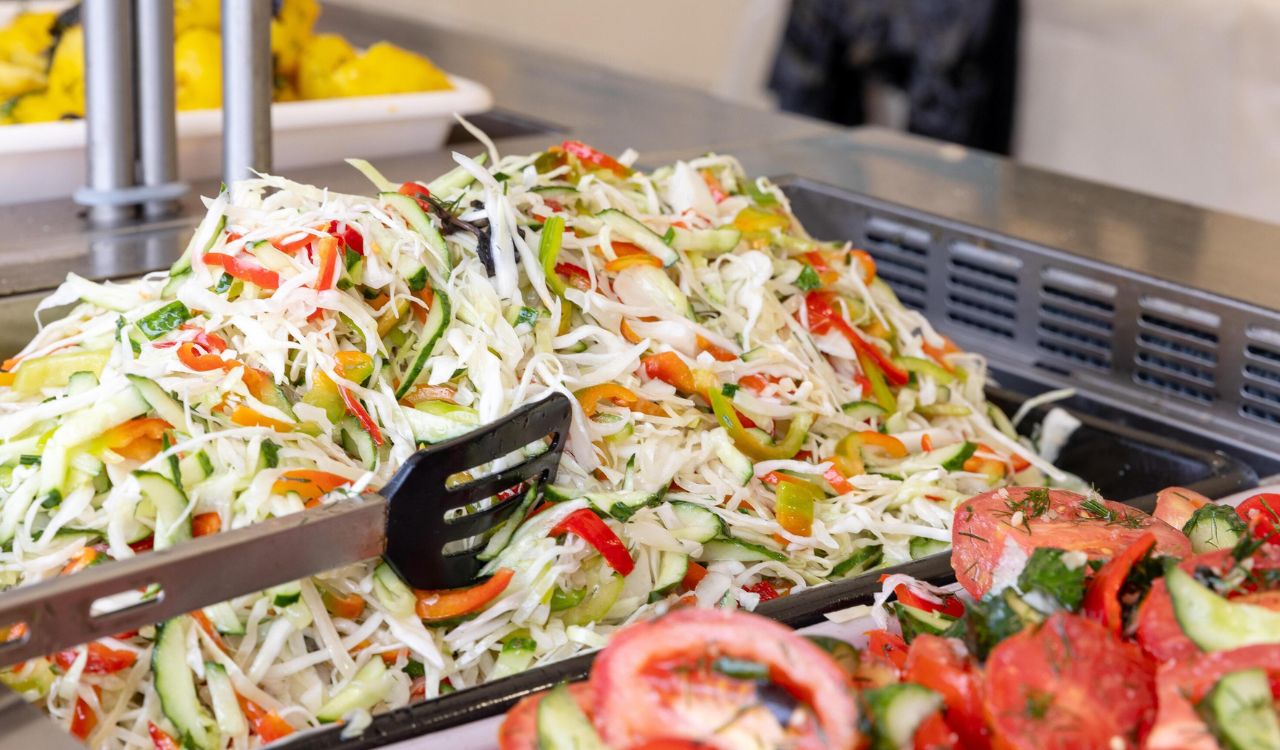
During the 1980s and 1990s, salad bars were a popular sight in fast food and casual chains like Wendy’s and Pizza Hut. Customers could fill their plates with lettuce, toppings, and dressings, offering a sense of freshness and control. But over time, hygiene concerns, food waste, and maintenance costs led to their decline. The pandemic was the final push that made most chains retire them for good. Today, prepackaged salads have replaced the self-serve ritual, trading variety for convenience and safety.
3. Bold Themed Décor
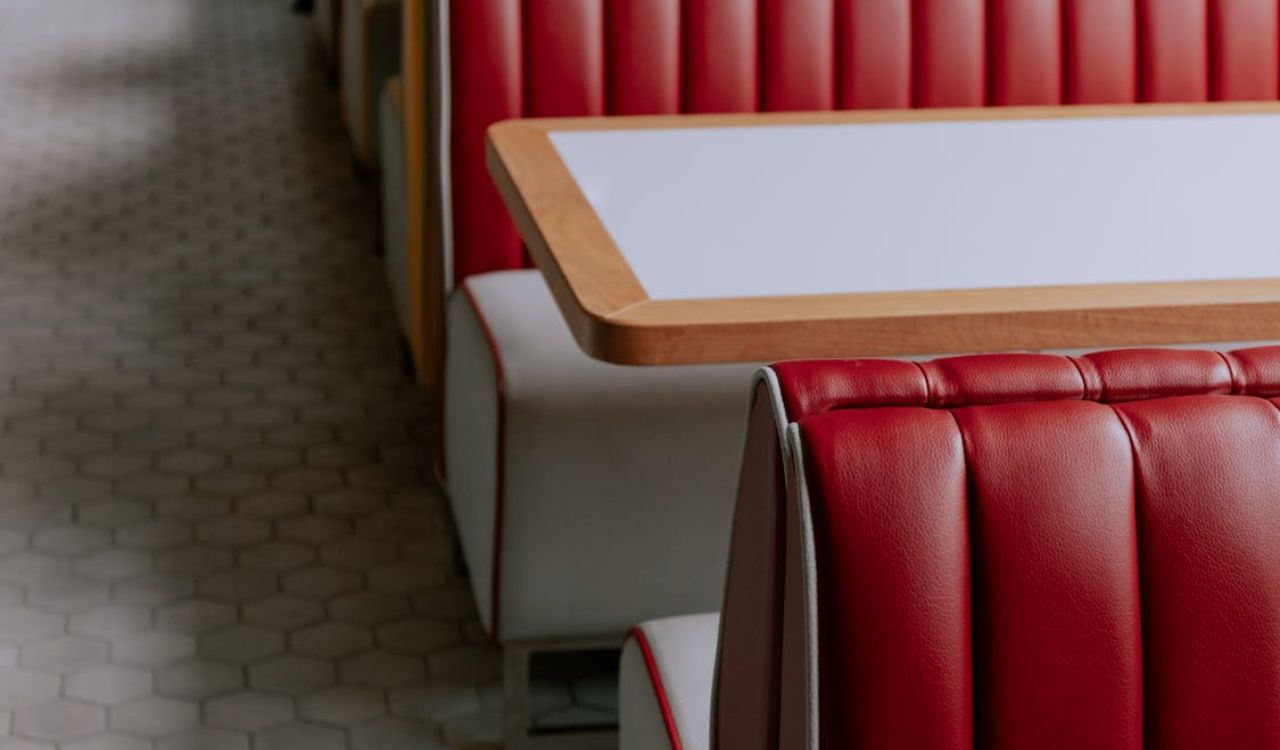
Fast food interiors once reflected each brand’s personality. McDonald’s had red and yellow booths, Taco Bell used southwestern tiles, and Pizza Hut featured wooden paneling with hanging stained-glass lamps. The goal was to make each restaurant distinct and recognizable. Modern redesigns have replaced this with sleek neutral tones and open seating to encourage faster turnover. While these updated spaces feel cleaner and modern, they lack the playful character that made the dining rooms of the 1980s and 1990s so memorable.
4. Jukeboxes and Music Players
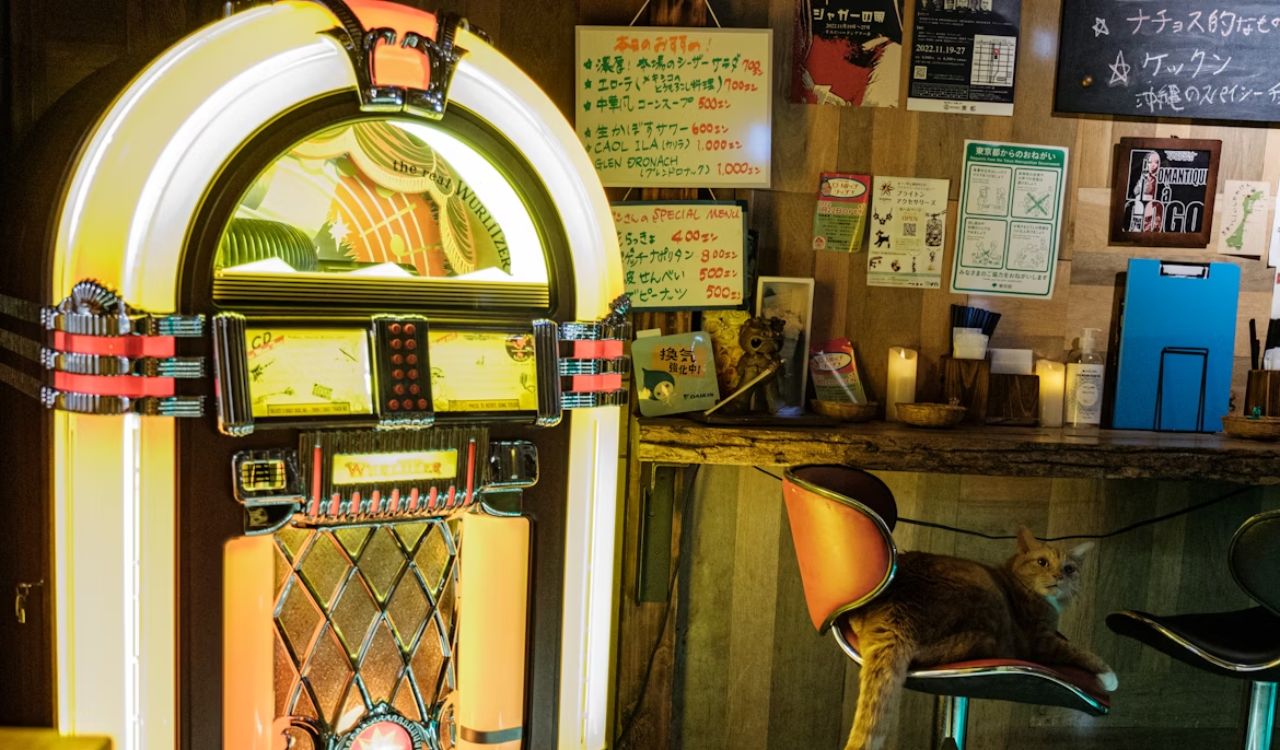
In the early days of fast food dining, jukeboxes were a social centerpiece. Guests could choose their favorite songs for a few coins, filling the room with music that reflected the mood of the crowd. Chains like A&W and some diners incorporated these features to make meals feel more personal. Over time, digital playlists replaced coin-operated jukeboxes. Today, background music is carefully selected by corporate systems rather than customers, making dining rooms feel more uniform but less community-driven than before.
5. Pizza Hut’s Red Roof Dining Rooms
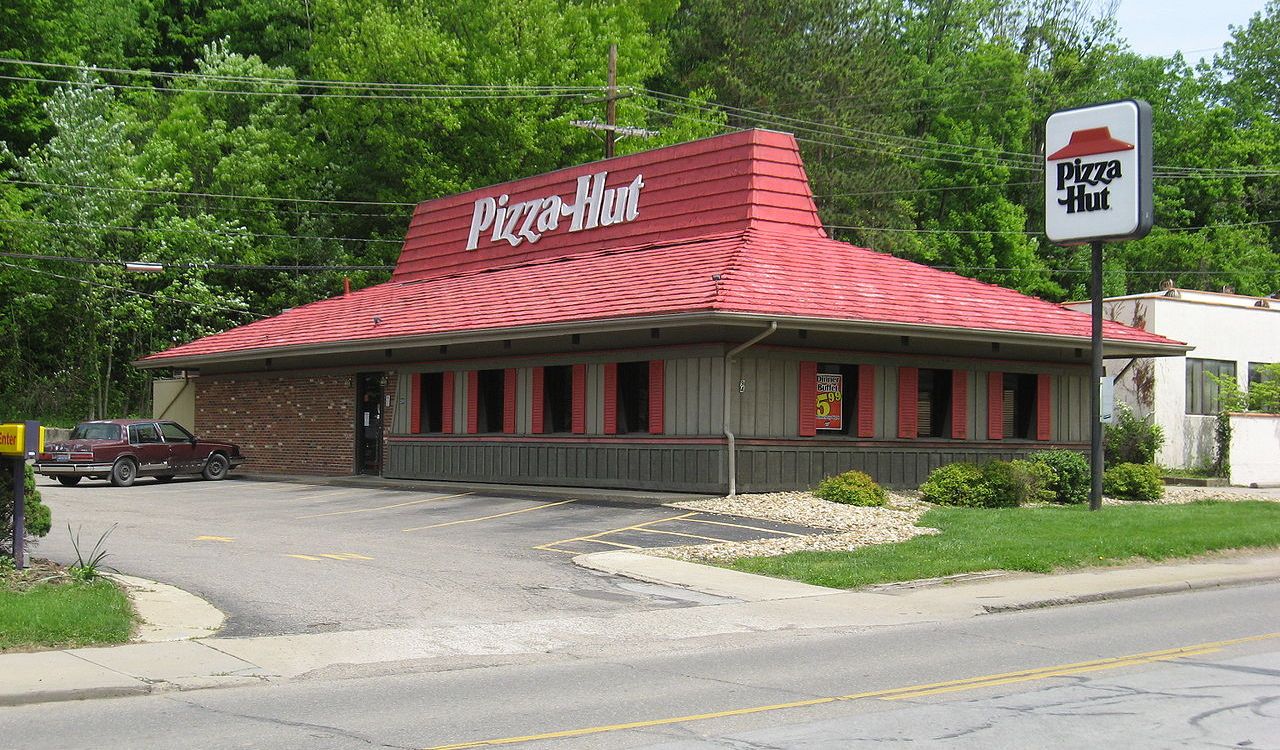
The classic red-roof Pizza Hut was once an unmistakable sight across America. Families dined inside cozy booths, ordered pizzas in cast-iron pans, and enjoyed the flicker of tabletop candles. The dine-in ritual was a staple of family nights and small-town gatherings. As delivery and takeout became more popular, these nostalgic dining rooms faded away. Many red-roof buildings have been repurposed or demolished, marking the end of an era where Pizza Hut was as much about atmosphere as it was about pizza.
6. McDonald’s McDonaldland Statues
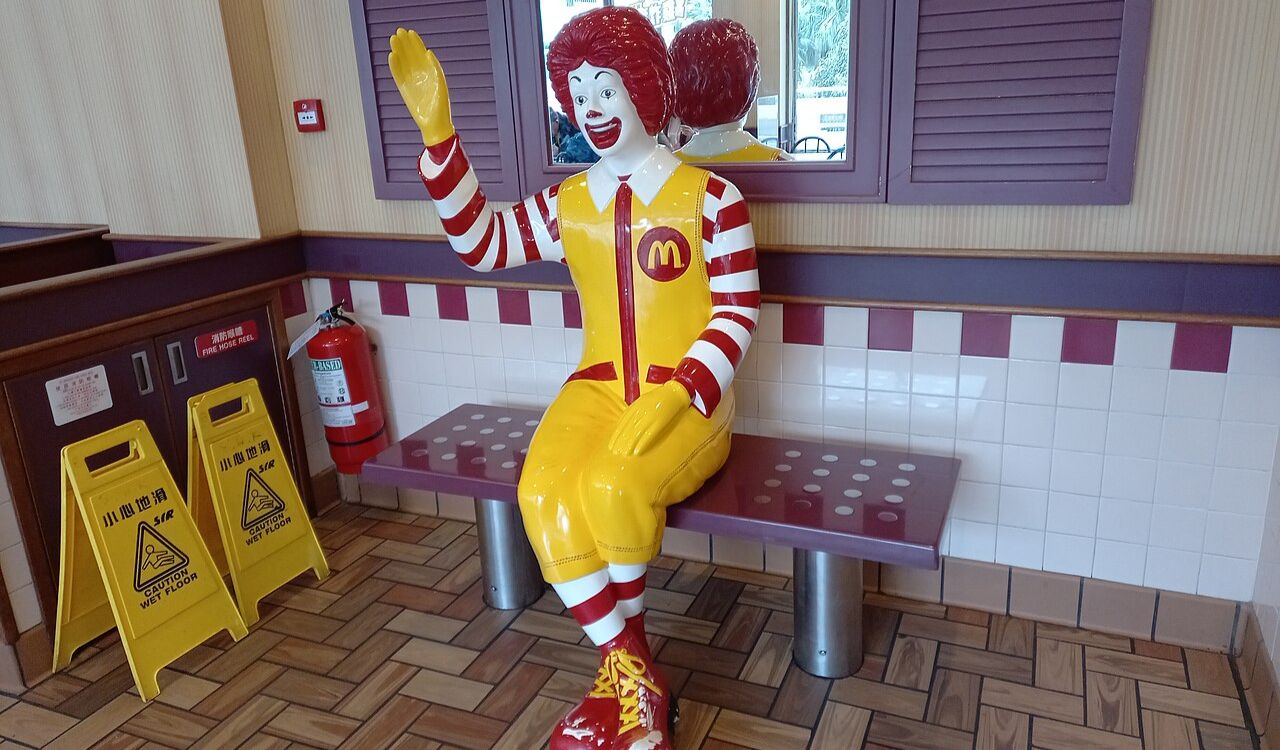
Once upon a time, McDonald’s restaurants were home to statues of Ronald McDonald, Grimace, and the Hamburglar. These colorful characters greeted guests in playgrounds and dining rooms, turning mealtime into a mini theme park experience. As McDonald’s modernized its brand, these figures were phased out to make way for sleeker, more mature interiors. While today’s McDonald’s locations focus on technology and convenience, the sight of Ronald on a bench remains a nostalgic symbol of the brand’s playful past.
7. Self-Serve Condiment Bars
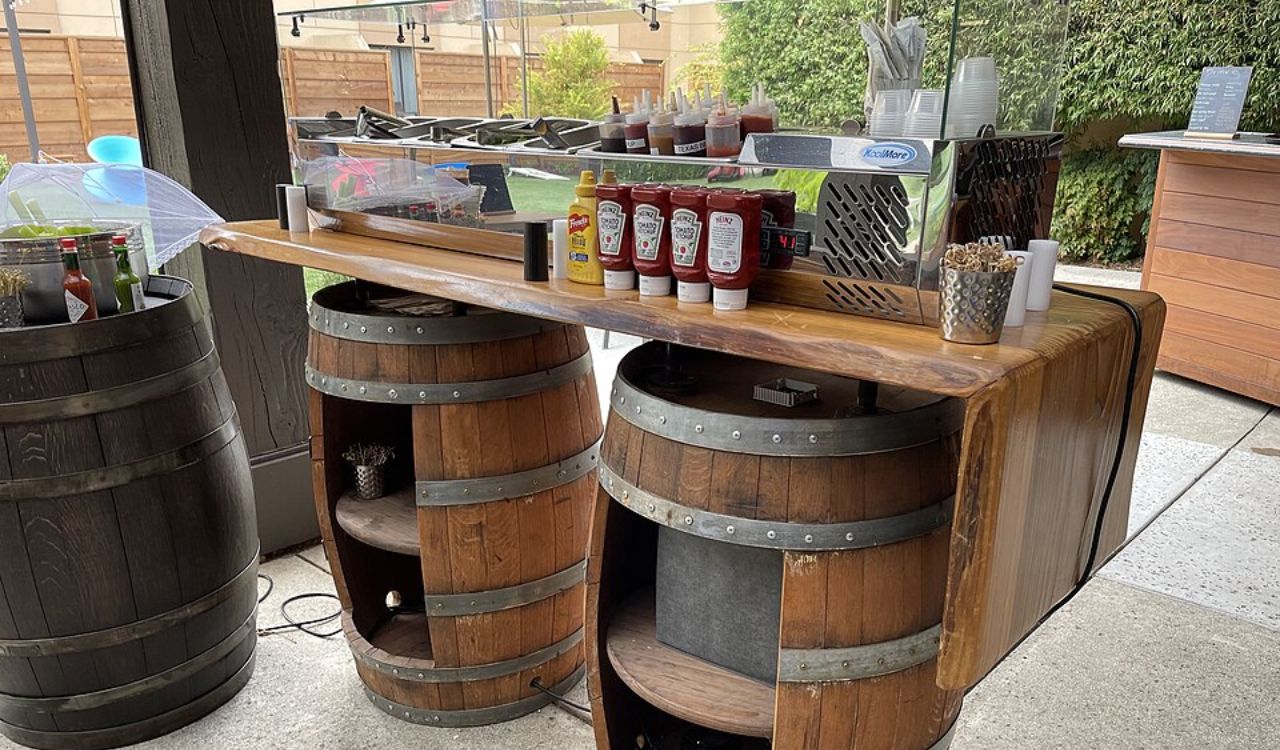
Condiment bars used to be a defining part of the fast food experience. Customers could pump ketchup and mustard, add pickles, onions, or jalapeños, and create the perfect burger. The freedom was fun but also messy, leading to waste and hygiene concerns. Most chains have now replaced these stations with individual packets or small cups filled behind the counter. Though cleaner and more efficient, this shift took away a small part of what made fast food meals feel customizable and personal.
8. Neon Lights and Retro Signage
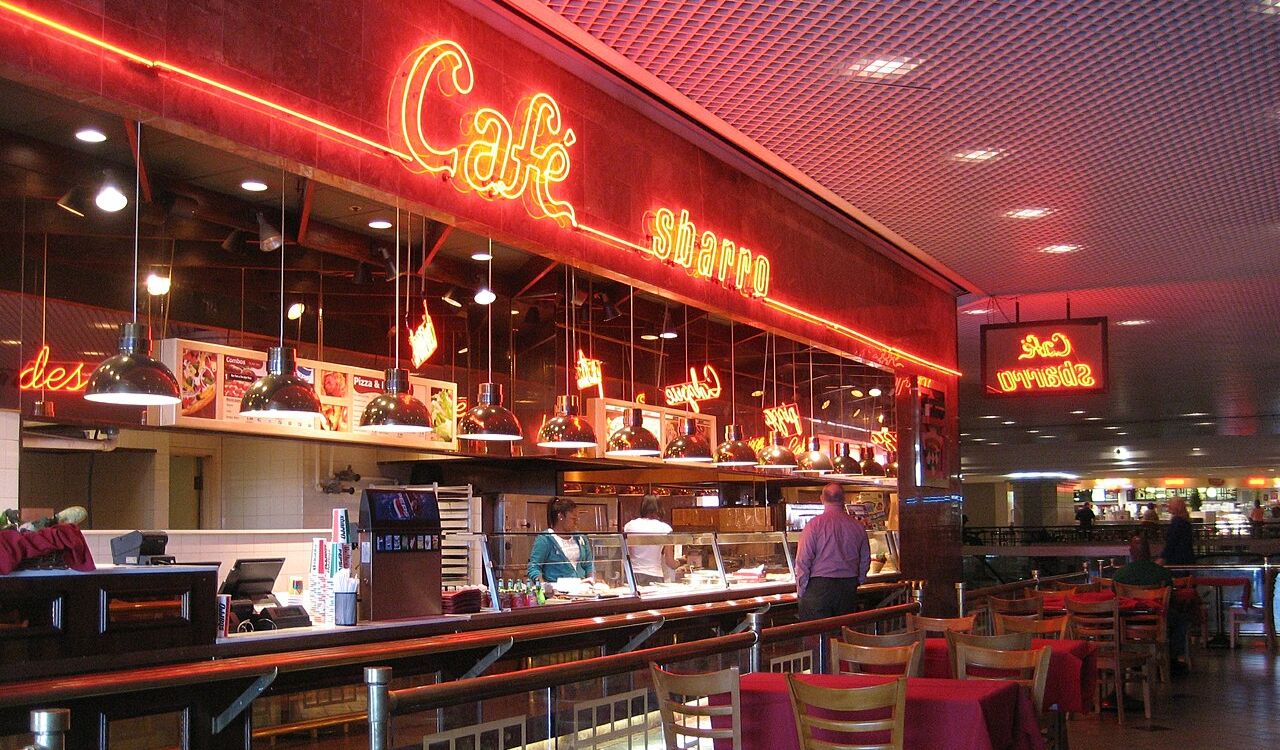
In the 1980s and 1990s, neon lights, patterned booths, and bold logos made fast food dining rooms stand out. Colors like turquoise, pink, and orange gave a sense of excitement and fun, especially for kids and teens. As design trends changed, chains switched to softer lighting, wooden textures, and muted tones to appeal to broader audiences. While modern interiors look sophisticated, they have lost the playful charm that once made fast food restaurants feel vibrant and uniquely American.
9. Table Service at Fast Food Chains
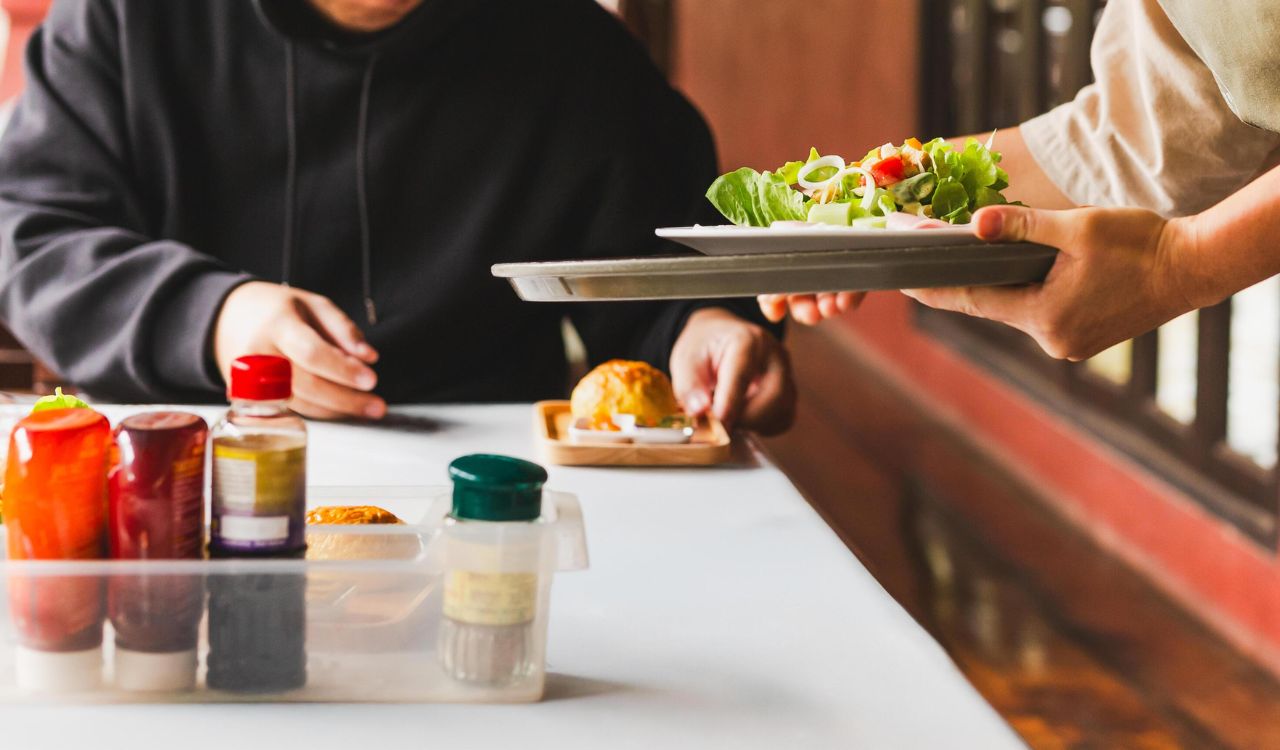
Some fast food chains once blurred the line between quick service and casual dining by offering table service. At early Pizza Hut and A&W locations, customers could order at the counter, sit down, and have their food brought to the table. This added a touch of hospitality that encouraged families to linger. As drive-thrus and mobile orders became dominant, the extra step became inefficient. Today, table service in fast food is nearly extinct, replaced by speed and self-service convenience.
10. Smokers’ Sections
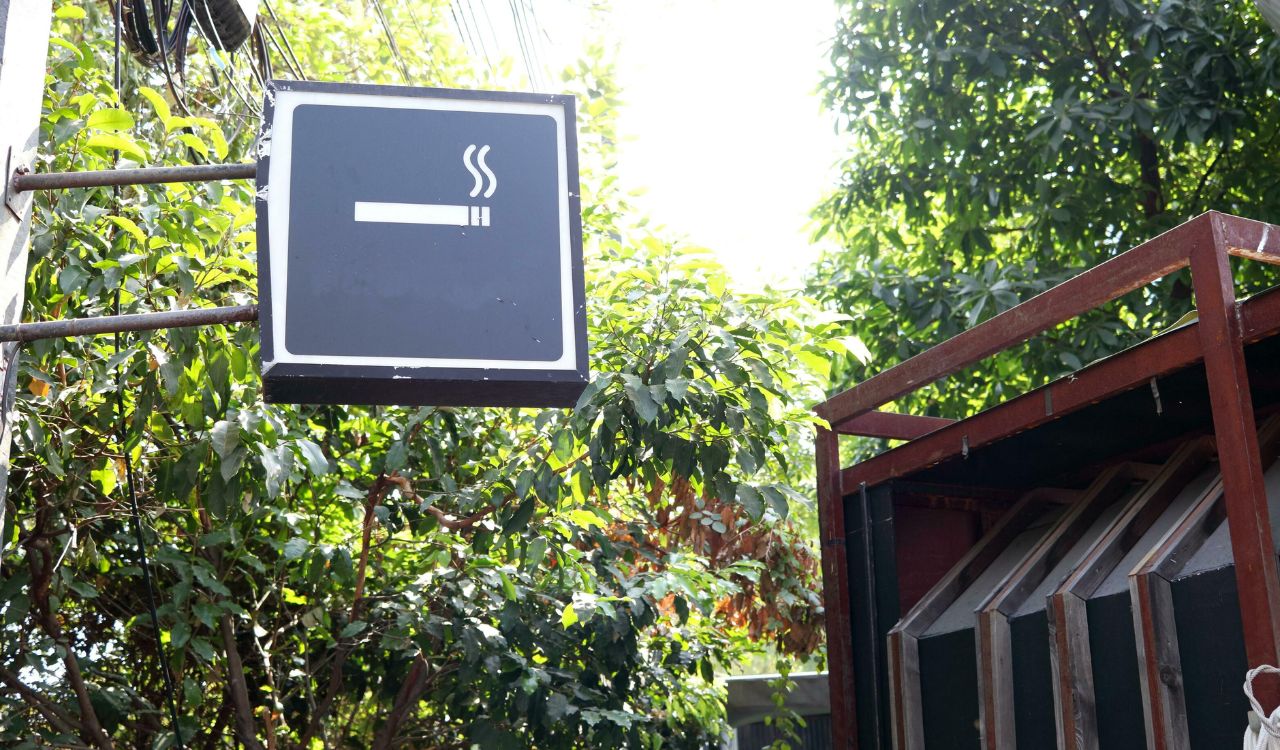
Before smoking bans took hold in the 1990s and early 2000s, most fast food restaurants had designated smoking areas, often separated by a short partition or sign. The idea seems shocking now, but back then it was common for diners to enjoy a cigarette after a meal. As awareness of secondhand smoke grew and laws changed, these sections disappeared entirely. The shift marked a major cultural change and helped create the cleaner, family-friendly environments we expect in fast food today.


